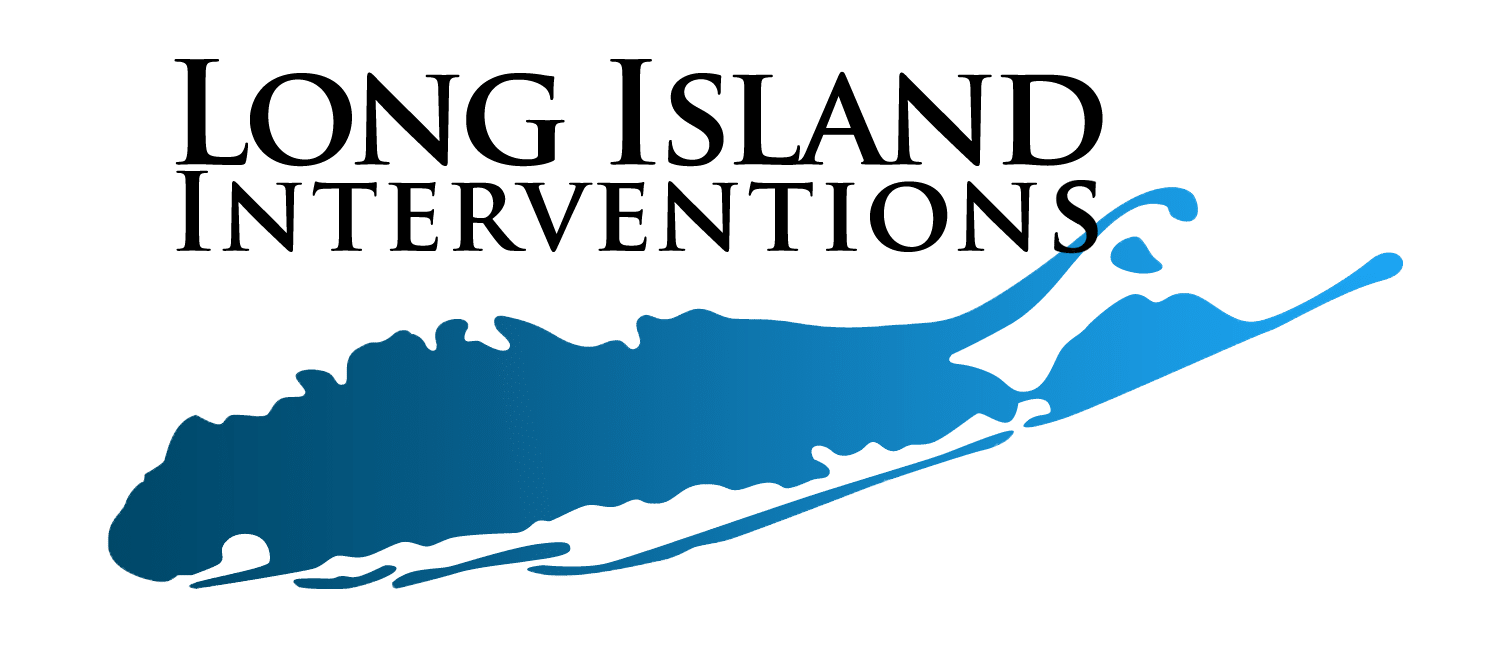Substance abuse is a prevalent problem in areas like east Buffalo, where the poverty rate in 2016 was four times the national average. Buffalo’s population has seen a significant drop, and the jobs have gone elsewhere. For those who remain, this leaves joblessness, drugs, and poverty. Erie County had 379 overdose deaths in 2022, which is more than one a day.
What does this mean for those suffering from a substance abuse disorder? To avoid cycling in and out of addiction, it’s important to seek help. There is no cure for addiction, but there are concrete ways to help ward off the cravings.

Table of Contents
The Growing Need for Rehab in Buffalo
There are additional sobering statistics on alcohol and drug abuse in Buffalo. Since 2018, the proportion of deaths due to substance abuse “for 40-49-year-olds and 50-59-year-olds” has increased. And 75% of opioid-related deaths occurred near or inside the individual’s home. Additional statistics point to heavy uses of cocaine and fentanyl. In 2022, 56% of opioid-related deaths involved cocaine. Unchecked substance addiction can have detrimental socioeconomic and health implications.
Socioeconomic Consequences
Some of the socioeconomic consequences include:
- Financial Burden: The financial burden of constantly consuming drugs and alcohol can take its toll, creating a financial strain for individuals and their families.
- Employment Problems: Individuals who have a substance use disorder often struggle to maintain steady employment.
- Increased Criminal Activity: Substance abuse typically leads to criminal activity as individuals resort to stealing and violence to get money for their drug habits.
- Healthcare Costs: Many people who have alcohol and drug addictions have mental health problems as well. Co-occurring disorders can cause a strain on the healthcare system as this includes emergency room visits and hospitalizations.
- Child Neglect and Abuse: Child neglect or child abuse is typically a result when adult individuals are addicted to alcohol and drugs. This directly affects the child welfare system.
- Homelessness: Many individuals with an addiction become homeless due to their inability to maintain employment or housing.
- Social Services: Non-profit organizations that provide housing support and addiction treatment services to addicted individuals require funding and employees.
Health Consequences
In addition to socioeconomic consequences, drug and alcohol abuse in a society can also have health consequences.
- Physical Health Issues: Drug and alcohol addiction can lead to liver disease, infectious disease (from sharing needles), cardiovascular problems, and more.
- Mental Health Issues: Individuals with substance use disorders typically turn to alcohol and drugs to deal with their mental health issues. This can complicate treatment.
- Risky Behavior: Individuals with alcohol use disorder (AUD) or substance use disorder (SUD) may drive while under the influence or have unprotected sex. This can result in diseases, injuries, or even death.
Types of Rehab Centers Near Buffalo
For those suffering from a substance use disorder, there are rehab centers in or near Buffalo. The types of rehab facilities available include:
Inpatient (Residential Treatment) Facilities
Inpatient or residential treatment facilities allow individuals to reside at the treatment facility for a period of time. The treatment is intensive, and it is typically suited for individuals with severe addiction problems or high rates of relapse. The stay can be short-term (a few weeks) to long-term (a few months).
The benefit of inpatient facilities is that they provide a structured and controlled environment. This forces individuals to follow a daily routine, which instills discipline.
There is also 24/7 supervision and monitoring. This kind of support means individuals will get immediate help in case there is an emergency or they suffer extreme withdrawal symptoms.
Inpatient facilities also remove individuals from their environment, which may provide triggers. A drug-free environment can help facilitate recovery by providing a safe space and fewer distractions.
Outpatient Programs
Outpatient programs allow individuals to stay at home and attend scheduled appointments at the facility. There are standard outpatient programs, intensive outpatient programs (IOP), and partial hospitalization programs (PHP). Outpatient programs are best suited for those with mild to moderate substance use disorders. These programs are also recommended for those who need to work or those who have family responsibilities. Some individuals who have attended an inpatient rehab center can continue their treatment in an outpatient program.
The benefit of outpatient programs is that they offer treatment for those who need a flexible schedule. Outpatient programs are also more affordable than inpatient treatment facilities as room and board are not required. Outpatient programs can also help recovering addicts better transition to everyday life.
Partial Hospitalization
Partial hospitalization programs offer an intense and structured environment as well as a higher level of care than the standard outpatient programs. They are typically designed for those who require intensive treatment plans but cannot live away from home or may not need 24/7 supervision.
The benefit of PHPs is that they offer intensive treatment within a structured environment. This is balanced with letting individuals return home daily.
Sober Living Houses
Sober living houses or halfway houses are residential facilities that are substance-free. The facilities are typically a transitional step between inpatient facilities and outpatient programs. Halfway homes have specific rules that residents must abide by. Besides abstinence from drugs and alcohol, there are also curfews and chores.
Halfway houses offer a few benefits. They provide a sober and safe environment for individuals transitioning to their normal lives. They also offer a supportive and structured residential community that can reduce relapses.
Detox Centers
Detox centers are facilities that help individuals remove drugs and alcohol from their bodies in a safe environment. These centers have healthcare professionals who monitor the individual in case there are dangerous withdrawal symptoms. Detox centers provide medication-assisted treatment (MAT) and 24/7 care for those detoxing.
Detox is geared toward individuals at the beginning of their recovery journey. Before treatment begins, individuals must go through the detox process.
The benefit of detoxing in a detox center is that individuals have access to medical staff 24/7. Healthcare professionals can monitor vital signs and help manage withdrawal symptoms. They can also handle any medical emergencies.
Specialized Programs
Besides the traditional facilities, there are also specialized centers that help teens with addiction problems, women, and the LGBTQ+ community. Individuals can find facilities that focus on the 12 steps, faith-based facilities, and even dual-diagnosis centers that focus on simultaneously treating mental health issues as well as addiction issues.
Treatment Modalities Commonly Used
When you enter a drug or alcohol rehab center, healthcare professionals will typically tailor a treatment program based on your needs. Here are some types of treatment plans:
Behavioral Therapy
Behavioral therapy focuses on modifying negative behavior patterns and turning them into positive, goal-oriented behavior patterns. There are different types of behavioral therapies available.
- Cognitive Behavioral Therapy: Cognitive Behavioral Therapy (CBT) helps individuals identify their triggers and then helps them develop strategies to tackle their triggers without relapsing. CBT also helps individuals replace negative thought patterns with more positive ones.
- Dialectical Behavioral Therapy: Dialectical Behavioral Therapy (DBT) was originally designed for patients with borderline personality disorder. However, it has proved effective for those suffering from substance use disorders as well. DBT is a type of talk therapy that gets patients to understand their intense emotions and then helps them develop skills to manage those emotions.
NAD Therapy
NAD (Nicotinamide Adenine Dinucleotide) therapy involves giving individuals NAD, a coenzyme that helps with cellular repair. The theory is that NAD therapy may help repair the cells that were damaged by drug or alcohol abuse. Repairing cells can result in fewer cravings.
Medication-Assisted Treatment (MAT)
Some individuals struggling with addiction can be at the mercy of their cravings. Medication-Assisted Treatment (MAT) is designed to help with that. The treatment combines medication with therapy to help individuals better manage their cravings and withdrawal symptoms. Medications can help normalize brain function, too, which can help individuals stay on the path of recovery. It is also an effective treatment for individuals suffering from co-occurring disorders as it can help manage their addiction issues as well as their mental health issues.
Holistic Approaches
Alternative treatment modalities include holistic approaches. These include yoga, meditation, and art therapy. Calming therapies, such as yoga, can help individuals manage stress and anxiety. In so doing, it can reduce cravings.
Individual, Group, and Family Therapy
Individual, group, and family therapy can be used in conjunction with traditional treatment modalities. Family therapy can often heal broken bonds between family members. This, in turn, can help strengthen the support individuals need on their recovery journey.
Individual therapy is an important space for recovering addicts as they get to have one-on-one time with a therapist and track their progress weekly or even daily.
Community-based support groups, such as Alcoholics Anonymous, can provide a sense of community and peer support. Individuals may find it encouraging to surround themselves with others who share similar experiences.
Factors to Consider When Choosing a Rehab Center Near Buffalo
Choosing the right rehab center isn’t always easy as there are many factors to consider. Here are some that you should keep in mind.
Location
If you need an inpatient rehab facility, location isn’t as important. However, an outpatient center should be close to your home, work, or school. This makes it easier to complete the program.
Cost
Make sure to research different rehab centers carefully as affordability is important. If you have insurance, find out how much insurance will cover and how much out-of-pocket expenses you will be expected to pay. Check to see if there are also local financial aid resources available.
Treatment Duration and Intensity
If your addiction is severe, consider a long-term program. If you have a mild or moderate addiction problem, a short-term program may be sufficient. The length of your addiction is important, too. Withdrawal symptoms can be severe if you have been addicted to alcohol or drugs for a long time.
Reputation and Success Rates
When researching different rehab centers, it’s important to read reviews from former patients. This gives a good indication of what kind of treatment you can expect.
Staff Qualifications and Facility Certifications
If you have a co-occurring disorder, such as a mental health issue, find a center that specializes in and treats co-occurring disorders. Research the staff and their qualifications. It’s important to get the best treatment for the price you can afford.
Aftercare and Continued Support
Fighting addiction is a life-long journey, and you will need ongoing support after your rehab program ends. Some rehab centers offer aftercare and relapse prevention programs.
You can also join support groups, such as AA or NA. These offer peer support and a tight community that can help you fight triggers.
Individual therapy can be particularly helpful post-rehab as you have one-on-one support to help with your sobriety, and you can build the skills needed to fight relapses.
Long Island Interventions
If you are a loved one is suffering from an addiction to alcohol or drugs, it’s important to get help. Long Island Interventions offers an addiction treatment center that offers various types of treatments. We can help if you have an addiction to alcohol, heroin, cocaine, meth, or opioids. We can also tailor a rehab program to suit your needs. Take the first step towards a healthier, sober life by giving us a call.
Resources and Contacts
• Spectrum Health and Human Services Downtown Buffalo Counseling Center
• Cazenovia Recovery Casa Di Vita
• Erie County Medical Center Downtown Clinical Services
• Margaret A Stutzman Addiction Treatment Center
• Horizon Health Services Broadway Recovery Center
• Methadone Maintenance Clinic Niagara Falls
• Erie County Council for the Prevention of Alcohol and Substance Abuse
• Best Self Behavioral Health
• Alcoholics Anonymous of Western New York (AA of WNY)
• Narcotics Anonymous of Western New York (NA of WNY)
• Secular Organization for Sobriety (SOS)
Helplines and Online Resources
• Addiction Open Access Hotline: 716-831-7007
• Crisis Services hotline – 716-834-3131
• New York State HOPEline: 1-877-846-7369
• SAMHSA’s National Helpline – 1-800-662-HELP (4357)
If you or a loved one require any services that Long Island Interventions does not offer, we would be glad to refer you to one of our trusted affiliate providers.

